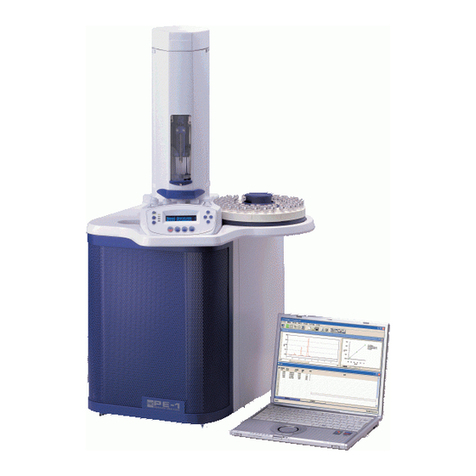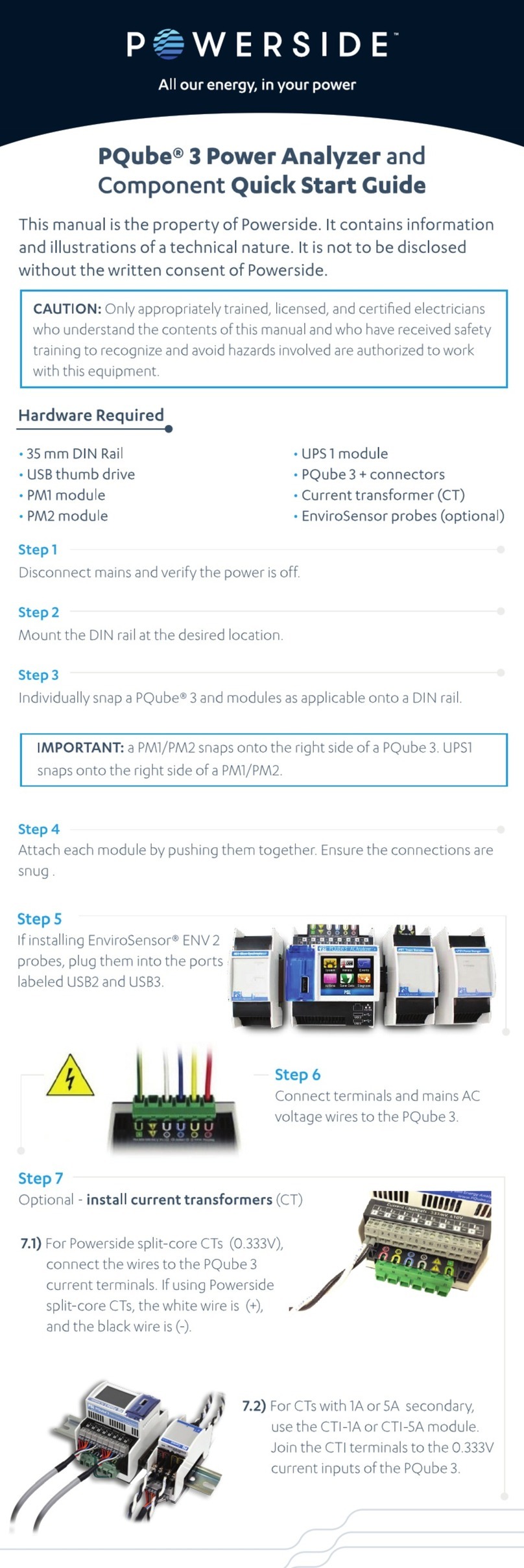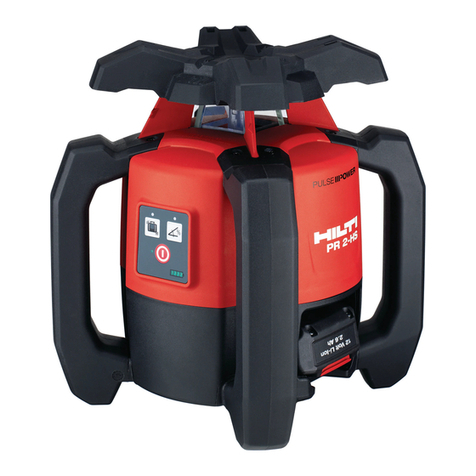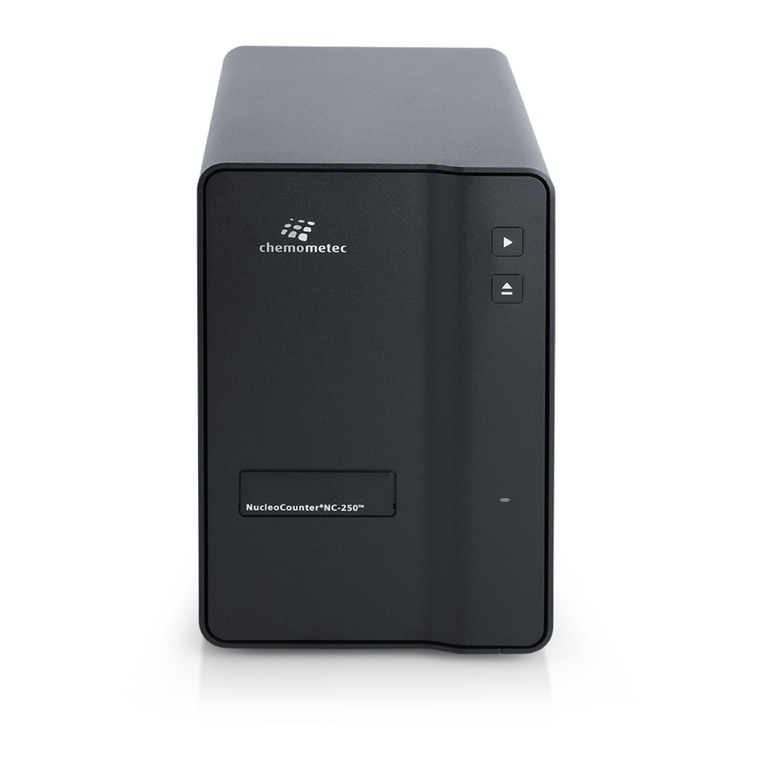Global Specialties LCR-58 User manual







Table of contents
Other Global Specialties Measuring Instrument manuals

Global Specialties
Global Specialties LCR-600 User manual

Global Specialties
Global Specialties GNV-101 User manual

Global Specialties
Global Specialties GNV-720 User manual

Global Specialties
Global Specialties GSK-118 User manual

Global Specialties
Global Specialties GNV-101 User manual
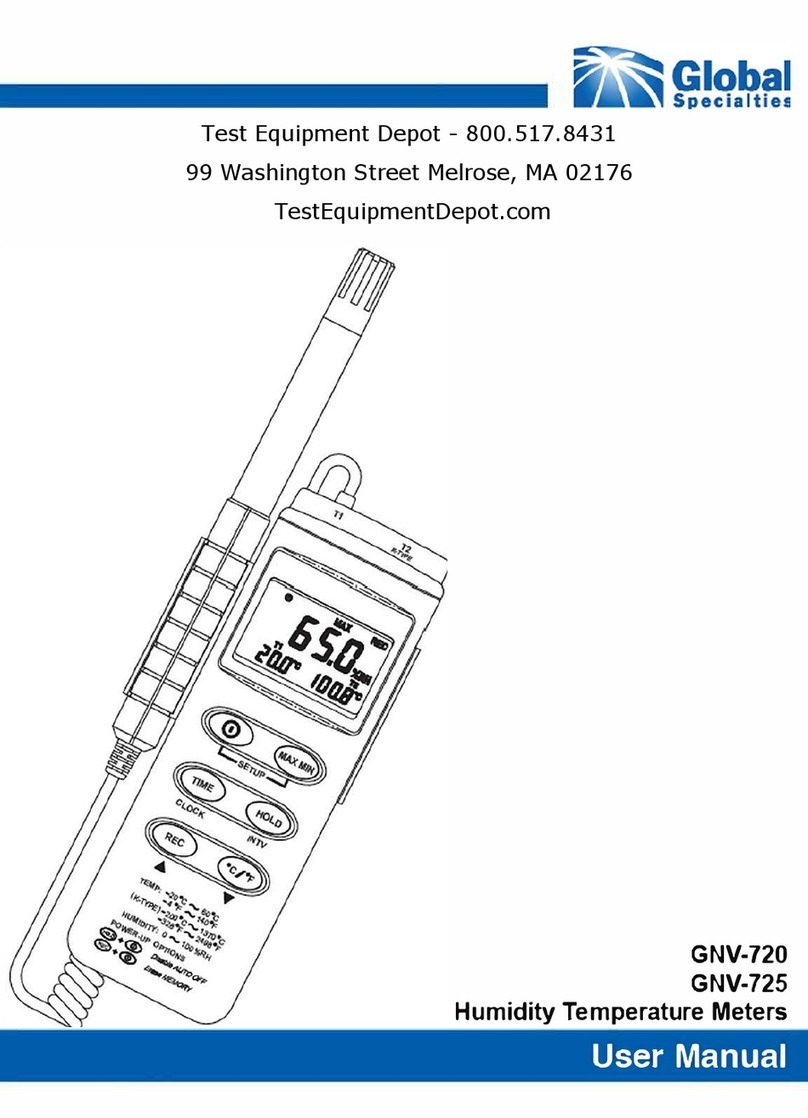
Global Specialties
Global Specialties GNV-720 User manual
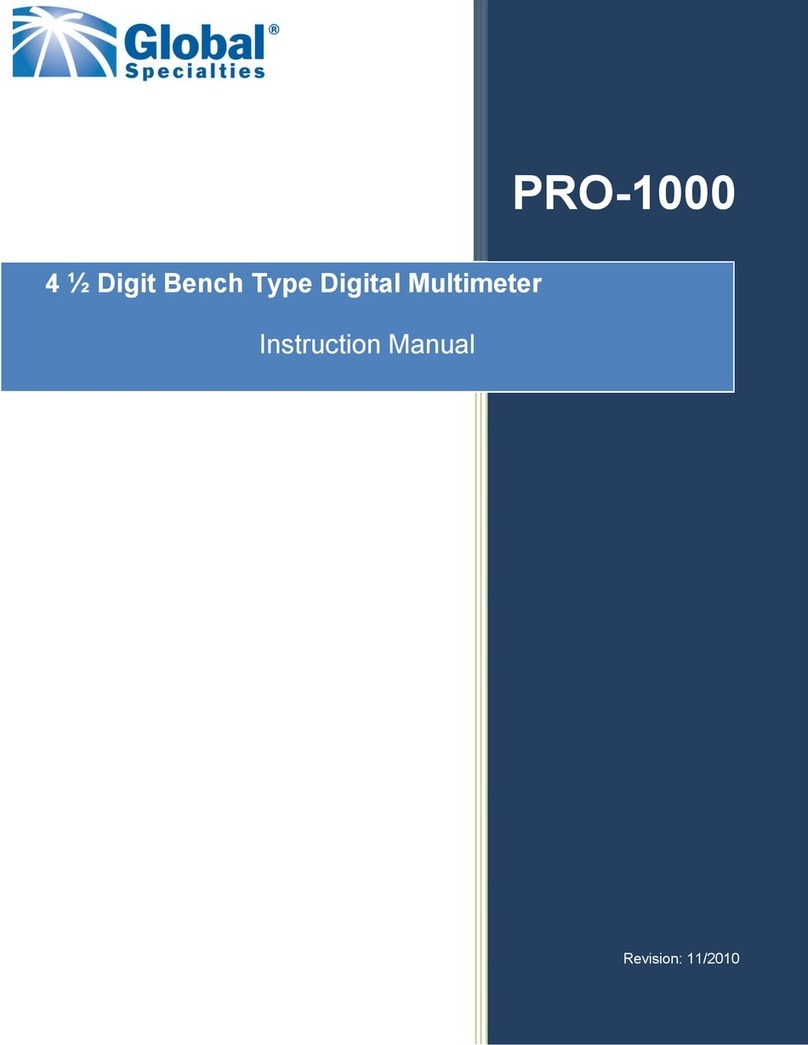
Global Specialties
Global Specialties PRO-1000 User manual
Popular Measuring Instrument manuals by other brands

Ametek
Ametek Western Research IPS-4 Essential Health & Safety Requirements
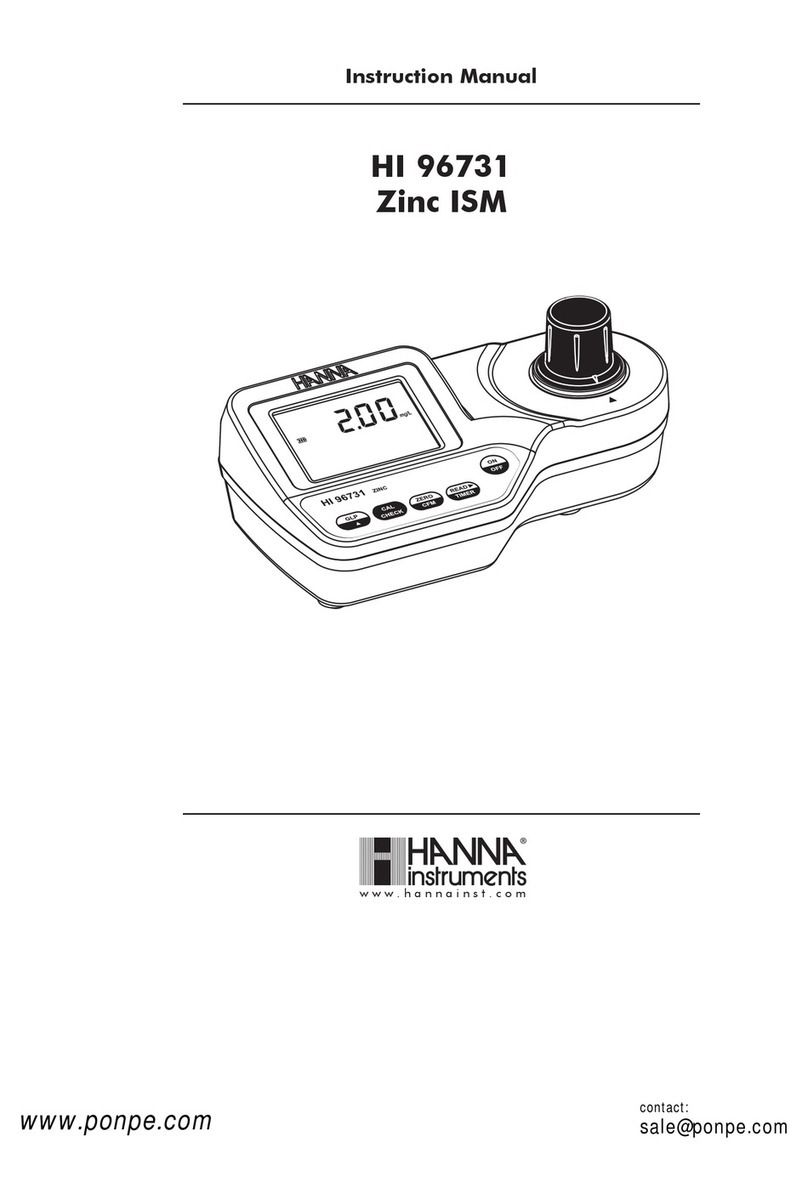
Hanna Instruments
Hanna Instruments HI 96731 instruction manual
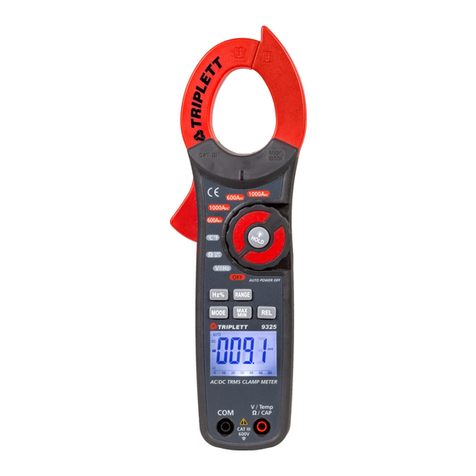
Triplett
Triplett 9325 instruction manual
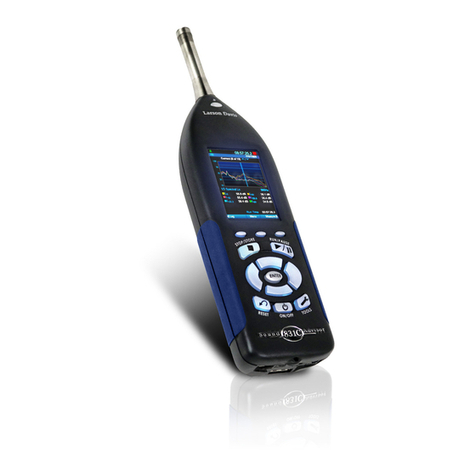
Larson Davis
Larson Davis SoundAdvisor Reference manual
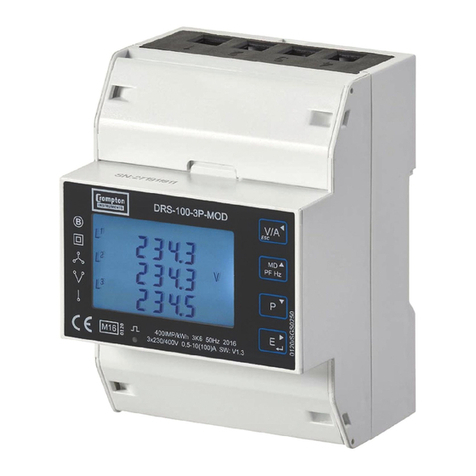
TE Connectivity
TE Connectivity DRS-100-3P user manual
Onicon
Onicon SYSTEM-30 Installation and operation guide

AITA ELECTRONICS
AITA ELECTRONICS VTM700 manual
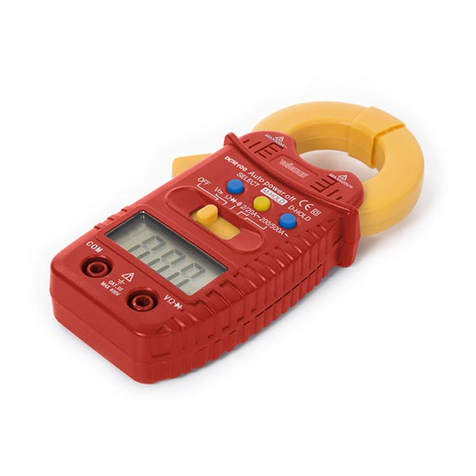
Velleman
Velleman DCM100 user manual

Infortrend
Infortrend EonStor DS S12 Series Hardware manual
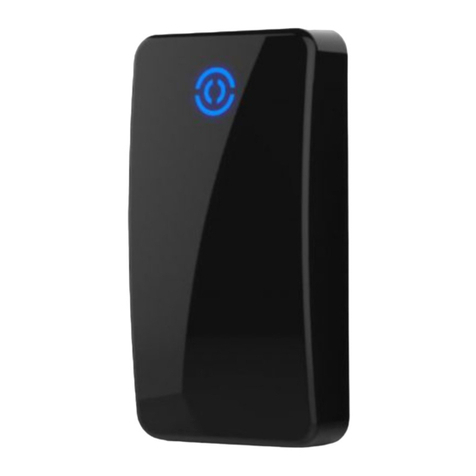
Third Millennium
Third Millennium RX Series installation guide

Flow vision
Flow vision FS20-dbEX Instructions for installation and adjustment
Bricon
Bricon SPEEDY X-TREME user guide
